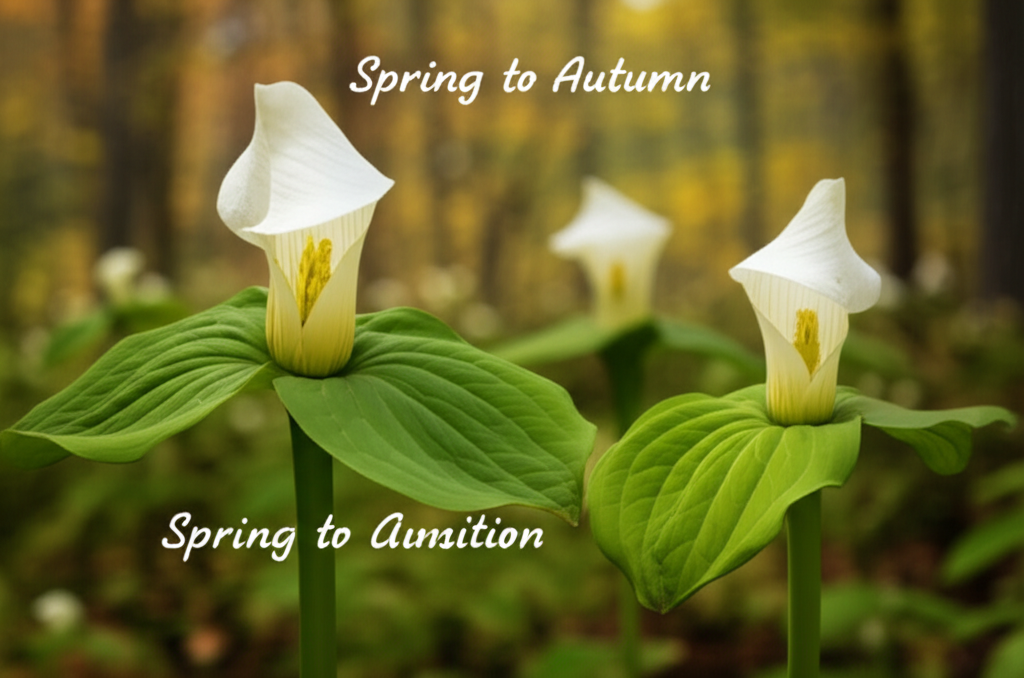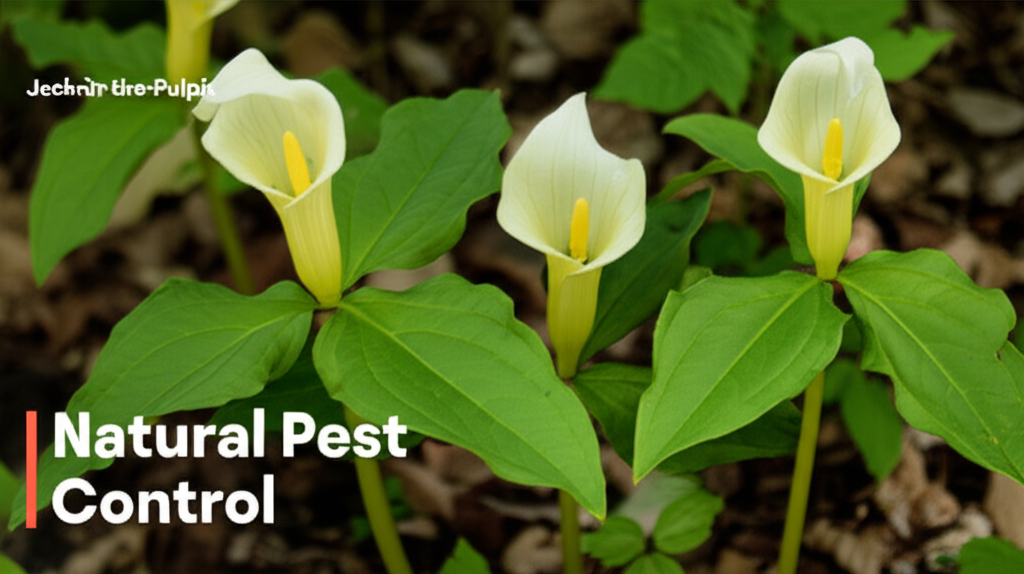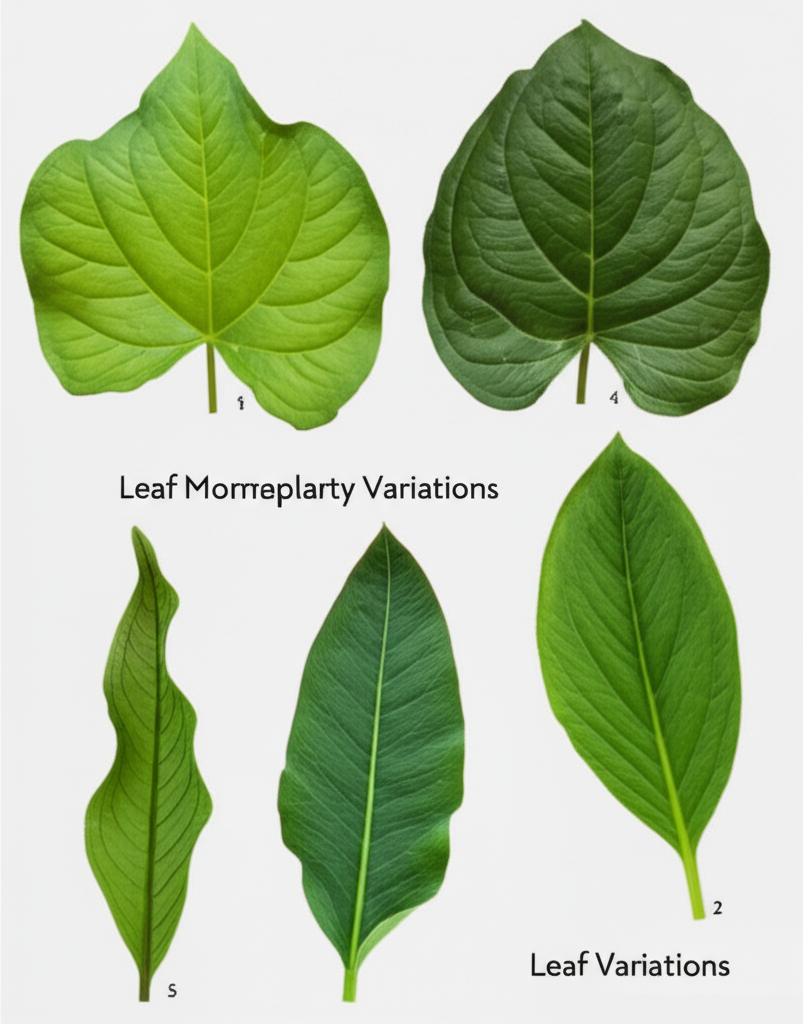Introduction to Foxglove Beardtongue (Penstemon digitalis)
Foxglove Beardtongue, scientifically known as Penstemon digitalis, is a captivating native perennial that offers a wealth of benefits to any garden. With its elegant, tubular flowers, typically in shades of white to pale lavender, and its ability to attract a diverse array of pollinators, it’s a valuable addition for both aesthetic appeal and ecological support. This hardy plant thrives in a variety of conditions, but like any successful garden resident, it flourishes when provided with well-prepared soil and an optimal environment. This guide will walk you through the essential steps of preparing a garden bed specifically for Foxglove Beardtongue, ensuring a thriving and beautiful display for years to come.
Understanding the Needs of Foxglove Beardtongue
Before diving into the practicalities of bed preparation, it’s crucial to understand what Penstemon digitalis requires to reach its full potential. This knowledge will inform every step of the process, from site selection to soil amendment.
Sunlight Requirements
Foxglove Beardtongue prefers full sun, meaning it should receive at least six to eight hours of direct sunlight per day. While it can tolerate partial shade, especially in hotter climates, flowering may be reduced, and the plant can become leggy. Choosing a location that receives ample sunlight is paramount for robust growth and prolific blooming.
Soil Preferences
The ideal soil for Foxglove Beardtongue is well-draining. It is native to prairies and open woodlands, environments where water does not tend to pool. While adaptable, it dislikes consistently waterlogged conditions, which can lead to root rot. A slightly alkaline to neutral pH is generally preferred, though it can tolerate a range. The soil should also be reasonably fertile, providing the nutrients necessary for healthy development.
Watering Needs
Once established, Foxglove Beardtongue is remarkably drought-tolerant. However, during its first growing season, regular watering is essential to help it establish a strong root system. After establishment, watering should be moderate, allowing the soil to dry out slightly between waterings.
Site Selection: The Foundation of Success
Choosing the right location is the first critical step in preparing your garden bed. A thoughtful selection will minimize future challenges and maximize the plant’s performance.
Assessing Sunlight Exposure
Observe your garden throughout the day to identify areas that consistently receive ample sunlight. Consider how the sun’s path changes with the seasons. A spot that is sunny in spring might be shaded by deciduous trees in summer.
Drainage Evaluation
Before amending, assess the natural drainage of your chosen site. Dig a small test hole, about a foot deep, and fill it with water. If the water drains away within a few hours, the drainage is likely adequate. If it sits for an extended period, you will need to focus on improving drainage during the preparation phase.
Considering Companion Plants
Think about what other plants you intend to grow alongside your Foxglove Beardtongue. Consider their sunlight, soil, and water needs to ensure they are compatible. This also helps in planning the overall aesthetic and ecological function of the bed.
Step-by-Step Garden Bed Preparation
With the site selected, it’s time to get your hands dirty and prepare the soil. This methodical approach ensures a healthy foundation for your Foxglove Beardtongue.
Step 1: Clearing the Area
Begin by removing any existing vegetation from the chosen bed. This includes grass, weeds, and any unwanted plants. Thorough removal is vital to prevent competition for nutrients, water, and sunlight.
- Manual Removal: For smaller areas, you can simply pull out existing plants and their roots.
- Sheet Mulching (Lasagna Gardening): For larger areas or to suppress tough perennial weeds, consider sheet mulching. This involves layering organic materials like cardboard, compost, and shredded leaves directly over the area. This method smothers existing vegetation and enriches the soil over time.
- Tilling (Use with Caution): While tilling can quickly incorporate amendments and break up soil, it can also disrupt soil structure and bring dormant weed seeds to the surface. If you choose to till, do so only once to incorporate amendments.
Step 2: Loosening the Soil
Once cleared, loosen the soil to a depth of at least 8-12 inches. This aerates the soil, improves drainage, and allows plant roots to penetrate easily.
- Using a Garden Fork: A garden fork is excellent for loosening compacted soil without inverting the layers, which helps preserve beneficial soil organisms.
- Rototiller (if used): If using a tiller, ensure it is set to a depth that will effectively break up the soil.
Step 3: Amending the Soil
This is where you tailor the soil to meet the specific needs of Foxglove Beardtongue, with a strong emphasis on drainage and moderate fertility.
- Compost: Incorporating a generous amount of well-rotted compost is fundamental. Compost improves soil structure, enhances drainage in clay soils, and increases water retention in sandy soils, while also providing a slow release of nutrients. Aim for a layer of 2-4 inches of compost to be worked into the top 8-12 inches of soil.
- Perlite or Horticultural Grit: If your soil is heavy clay and drainage is a significant concern, adding perlite or horticultural grit can greatly improve aeration and water movement. Mix in about 10-20% by volume.
- Aged Manure: Well-rotted manure can add nutrients and improve soil structure. Ensure it is thoroughly composted to avoid burning plant roots.
- Avoid Peat Moss: While peat moss can improve acidity and moisture retention, it is not ideal for Foxglove Beardtongue, which prefers neutral to alkaline conditions, and its harvesting is environmentally controversial.
Step 4: Leveling and Shaping
After amendments are incorporated, level the bed and create any desired contours or raised elements. A slightly raised bed can further improve drainage, especially in areas with high water tables.
Step 5: Allowing the Bed to Settle
Ideally, let the prepared bed settle for a week or two before planting. This allows the soil structure to stabilize and any residual weed seeds disturbed during preparation to germinate, so they can be easily removed.
Key Facts and Comparison for Garden Bed Preparation
Understanding the impact of different soil amendments is crucial for making informed decisions.
| Amendment | Primary Benefit | Impact on Drainage | Impact on Fertility | Ideal for Soil Type | Considerations for Foxglove Beardtongue |
|---|---|---|---|---|---|
| Compost | Improves soil structure, water retention, and nutrient availability | Improves in clay, retains in sand | Moderate, slow-release | All | Essential; provides balanced benefits |
| Perlite/Horticultural Grit | Increases aeration and drainage | Significantly improves | Minimal | Clay, compacted soils | Highly recommended for heavy soils |
| Aged Manure | Adds nutrients and improves soil structure | Improves | High, quick-release | Most | Use sparingly and ensure well-rotted |
| Sand (Coarse) | Increases drainage | Significantly improves | Minimal | Clay | Use with caution; can create concrete if mixed with fine sand and clay |
| Peat Moss | Improves moisture retention, lowers pH | Improves | Low | Sandy, alkaline soils | Avoid; Foxglove Beardtongue prefers neutral to alkaline conditions |
Planting Your Foxglove Beardtongue
Once your bed is perfectly prepared, you can plant your Foxglove Beardtongue. Whether you are planting seeds or nursery-bought plants, follow these general guidelines.
Planting from Seed
- Sow seeds directly into the prepared bed in early spring or late fall.
- Lightly cover the seeds with a thin layer of soil or vermiculite.
- Keep the soil consistently moist until germination, which can take 10-20 days.
- Thin seedlings to stand about 12-18 inches apart once they are a few inches tall.
Planting Nursery Plants
- Dig a hole slightly larger than the root ball of the plant.
- Gently remove the plant from its container, being careful not to damage the roots.
- Place the plant in the hole so that the top of the root ball is level with the surrounding soil.
- Backfill the hole with soil and water thoroughly.
- Space plants 12-18 inches apart to allow for mature growth and air circulation.
Ongoing Care and Maintenance
Proper bed preparation is just the beginning. Continued care will ensure your Foxglove Beardtongue remains healthy and vibrant.
Watering
Water newly planted specimens regularly until established. Once established, water deeply but infrequently, allowing the soil to dry out slightly between waterings. Drought-tolerant once mature, but may benefit from occasional watering during prolonged dry spells.
Fertilizing
Foxglove Beardtongue generally does not require heavy fertilization. A top dressing of compost annually in early spring is usually sufficient. Over-fertilizing can lead to weak, leggy growth.
Deadheading and Pruning
Deadheading spent flower stalks can encourage a second, albeit smaller, bloom. At the end of the growing season, you can cut back the dead foliage to about 6 inches from the ground. This tidy practice can also help prevent disease.
Pest and Disease Management
Foxglove Beardtongue is generally resistant to pests and diseases. However, poor drainage can lead to root rot. Slugs and snails may sometimes nibble on young foliage. Good air circulation and proper watering practices are the best preventative measures.
Pros and Cons of Different Bed Preparation Techniques
Here’s a look at the advantages and disadvantages of common bed preparation methods for Foxglove Beardtongue.
| Technique | Pros | Cons | Suitability for Foxglove Beardtongue |
|---|---|---|---|
| Manual Digging/Turning | Thorough aeration and incorporation of amendments, preserves soil layers | Labor-intensive, can be difficult in compacted soil | Excellent, especially when combined with compost and grit for drainage |
| Sheet Mulching (Lasagna Gardening) | Suppresses weeds effectively, builds soil health over time, minimal disturbance | Takes time to decompose (months to a year), initial appearance may not be aesthetically pleasing for immediate planting | Good for long-term bed establishment, but requires patience or separate preparation for immediate planting |
| Rototilling | Quickly loosens soil and incorporates amendments, efficient for large areas | Can damage soil structure, bring weed seeds to the surface, kill beneficial soil organisms, requires consistent moisture for effective till | Acceptable, but less preferred due to soil disruption. Best used for initial soil breaking and amendment incorporation, followed by manual loosening. |
| No-Dig/Minimal Dig with Raised Beds | Preserves soil ecosystem, builds fertility over time with mulch layers, excellent drainage | Requires initial construction of the bed structure, may take longer to establish if relying solely on mulch breakdown for soil improvement | Excellent, particularly if combined with organic matter on top of existing soil in a raised structure. |
Conclusion: Cultivating a Beautiful and Thriving Garden
Preparing a garden bed for Foxglove Beardtongue (Penstemon digitalis) is a rewarding process that lays the groundwork for a stunning and ecologically beneficial addition to your landscape. By understanding the plant’s specific needs for sunlight and well-draining soil, and by diligently following the steps of clearing, loosening, and amending, you create an environment where this beautiful native perennial can truly thrive. Remember that the key elements are good drainage, adequate sunlight, and nutrient-rich, well-structured soil. With a little effort in the preparation phase, you’ll be rewarded with years of vibrant blooms, attracting pollinators and adding a touch of wild beauty to your garden. Happy gardening!


